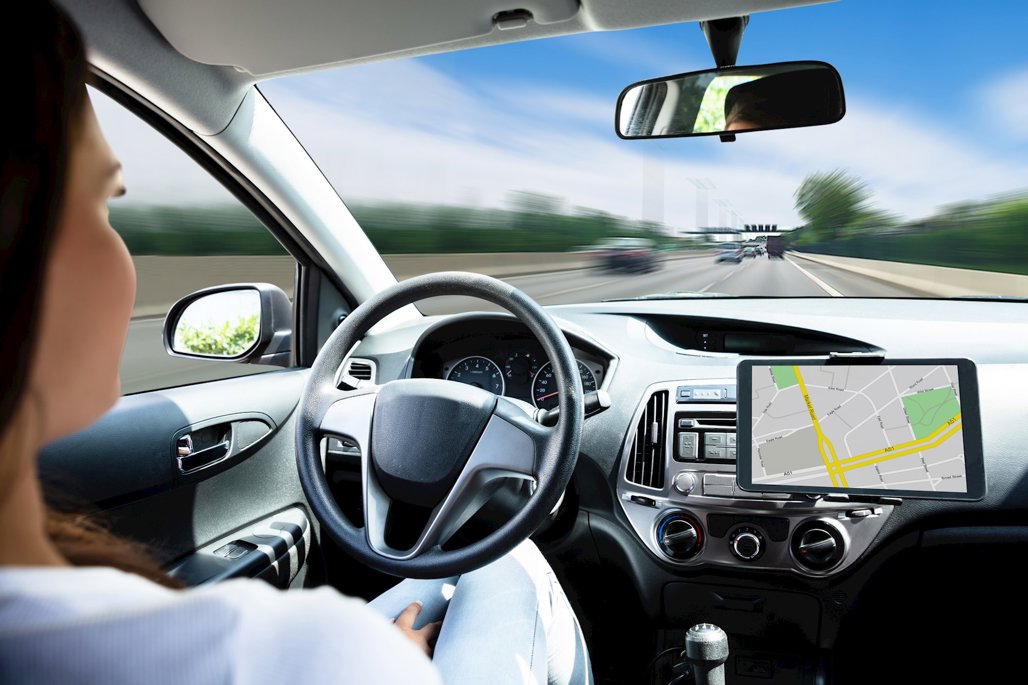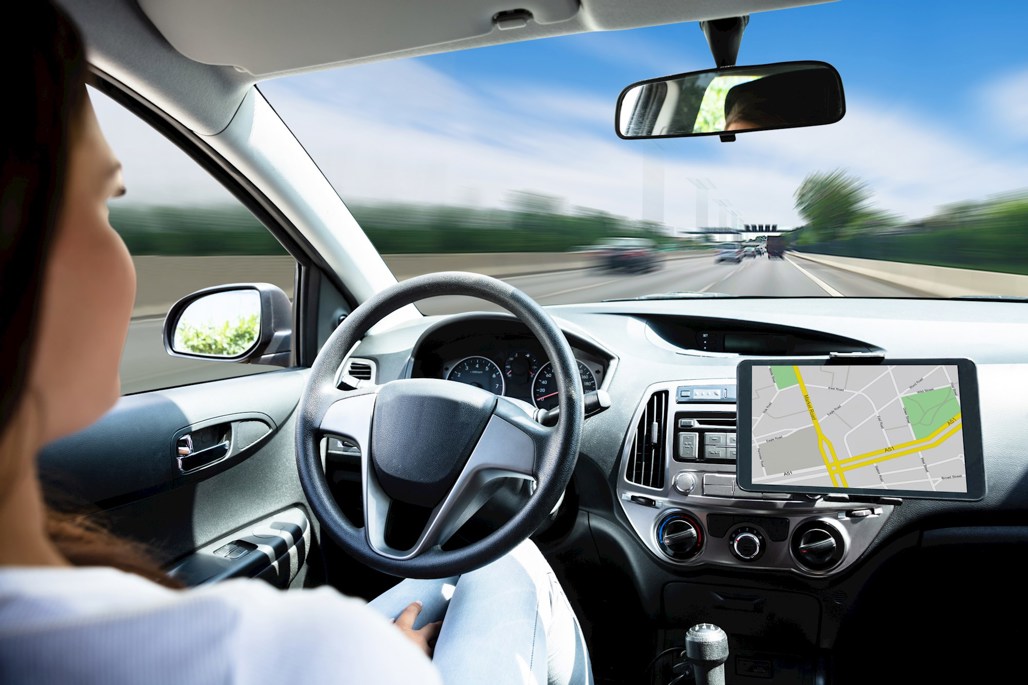We're constantly seeing stories of crashes that have happened due to drivers putting too much trust in their advanced driver assistance systems (ADAS).
Tesla has historically been in trouble over the marketing of its 'full self-driving mode', and the EV automaker admitted last year that this feature doesn't live up to its name.
But according to a new study, conducted by the Insurance Institute for Highway Safety (IIHS), Tesla drivers aren't the only ones overestimating the capabilities of their 'self-driving' cars.
The study looked at drivers of vehicles that have ADAS features such as GM's Super Cruise, Nissan's ProPILOT, and Tesla's Autopilot system. It found that users of all systems are more likely to perform tasks not related to driving, like eating or texting while sitting behind the wheel.
Overall, the study found that GM drivers are the most likely to overestimate the capabilities of their partially autonomous vehicles.
“The big-picture message here is that the early adopters of these systems still have a poor understanding of the technology’s limits,” said IIHS President David Harkey. “But we also see clear differences among the three owner populations. It’s possible that system design and marketing are adding to these misconceptions.”
Autonomous technology is rated from levels 1 through 5.
Level 1 features many common driver aids such as radar cruise control that maintains distance with the car in front of you at variable speeds. The highest level 5 requires no human interaction and the car will have no steering wheel or accelerator or brake pedals. Level 2 autonomous vehicles will keep you in your lane, brake and accelerate with traffic and recognise traffic light signals but a human must always be in control of the vehicle.
None of the systems that were tested in the study are designed to allow drivers to take their attention off the road, nor perform non-driving related tasks. The systems are simply designed to make the task of driving easier.
However, the study found that 53 percent of GM's Super Cruise users, compared to 42 percent of Tesla's Autopilot users and 12 percent of Nissan's ProPILOT users, admitted to being comfortable with treating their vehicles as self-driving, fully autonomous, vehicles. This is despite the crash stories that keep making news headlines.
Many ADAS systems, including Super Cruise and Autopilot, have features that are disabled if they detect that the driver isn't paying attention. But it appears that this might not be enough.
"These results from frequent users of three different partial automation systems once again drive home the need for robust, multifaceted safeguards,” said IIHS Research Scientist Alexandra Mueller, the lead author of the study.
“Many of these drivers said they had experiences where they had to suddenly take over the driving because the automation did something unexpected, sometimes while they were doing something they were not supposed to.”
A slight majority of those surveyed do say that the safety alerts that ADAS systems provide are helpful, though annoying.
“The broad acceptance of attention reminders and system lockouts suggests not only that they have the potential to make it safer to use partial automation, but also that they could be implemented more widely to help combat driver distraction in general,” said Mueller.




